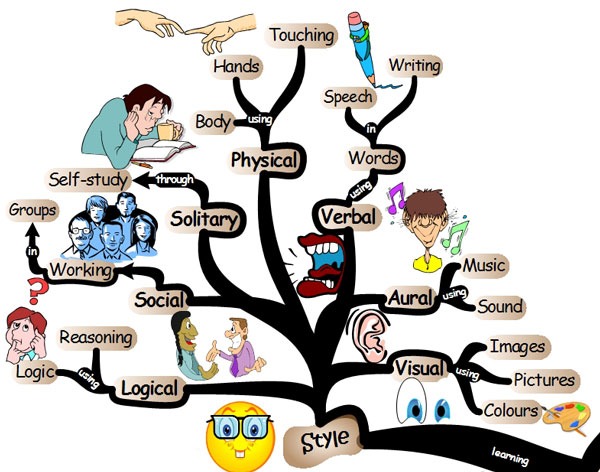Unit 18. Assessment Types and Tasks
At the end of this unit I learned the reasons for assessing learners
with different methods, because a correct diagnostic helps teacher to recognize
the level of knowledge and the issues with the learning process at the moment
of evaluate them.
Assessment is considering a tool for teachers, because the test and
grading are necessary to determine how the students are progressing. On the
other hand, tests are always going to be prejudiced to some degree as a
prospective teacher, in this Unit I can understand the need for standardized
tests and grading, however at the same time I can recognize that alternative
means of assessment are also necessary. Assessment could be: formal and informal, those can include the way of diagnose,
like Placement Test , Progress test , formative and continues assessment,
achievement , summative and proficiency
test, all of them have the purpose based in the recognize level, capacity
and aptitude into students.
On another hand test can create anxiety in students. Also, assessment
methods and learning are often completely disconnected; a student might be
absorbing class material and learning a lot but static score poorly on tests
while another student in the same class might score exceptionally well on tests
but derive little meaning from the material, for that reason is mandatory to
take the advantage of the assessment in the classroom, because test can help
teacher to develop the criteria.
To conclude
this part, tests have their place and from a teacher's perspective they are
necessary to prove to parents and school administration that the course
curriculum is being followed. Tests do help teachers to know when their
students are not understanding certain aspects of the curriculum, and can help
teachers assess where individual students might need some specialized
attention.
For more information:







